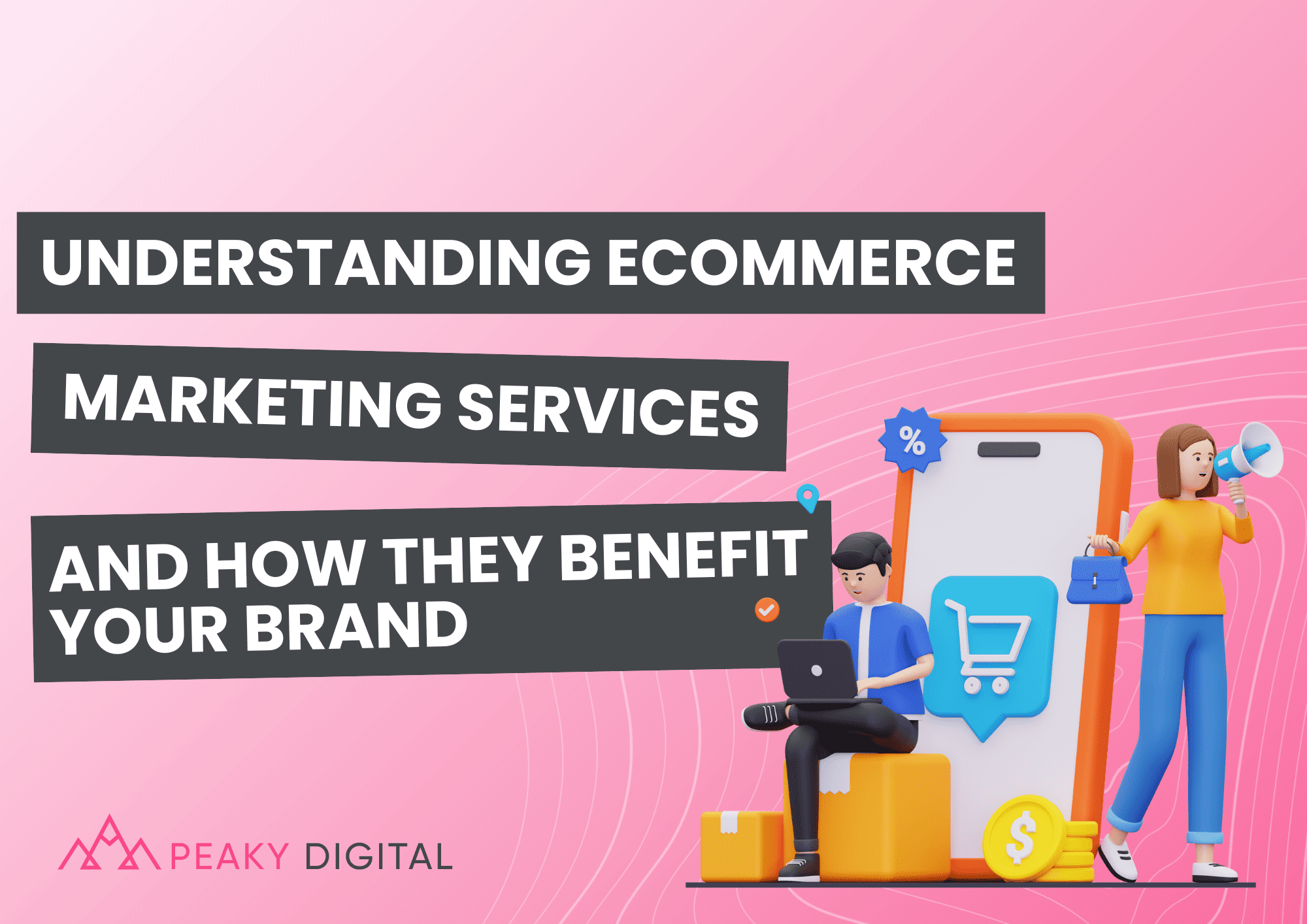
How to Grow Your Brand with Pinterest
Oct 27, 2024
In the world of social media, Pinterest stands out as a platform that thrives on discovery…
by Natalie Temple
Aug 14, 2023

So, you’ve brushed up on the fundamentals of Google Ads and think you’re ready to launch your first campaign? One of the key ingredients to a successful campaign is choosing a bid strategy that matches your goals. We’ll explain how:
Your bid strategy tells Google how much you’re willing to pay to get your ad shown. Along with other factors (such as ad quality and ad rank), your bid helps to determine whether your ad will ‘win’ the auction against other ads, and be shown to a user searching for your products or services.
There are three types of bid strategies: manual, automated and smart. As you can imagine, manual bid strategies offer the most control over your budget. Automated bid strategies use machine learning and automated rules to adjust your bids for you, in line with your campaign goals.
Smart bidding refers to a group of automated bid strategies that use ‘auction-time bidding’ – Google sets your bid at the moment the auction happens, rather than using a predetermined bid strategy.
Each Google Ads campaign will have its own unique goal. Maybe you want to increase traffic to your site, build awareness of your brand, or simply see an increase in profits. Whatever your goal is, the right bid strategy will ensure that your money is being spent in the right place.
Read on as we explore the best bid strategies for common advertising goals:
Maximum Cost-Per-Click (CPC): This is the simplest (and only manual) bid strategy, and a great option if you’re just starting out. You tell Google the maximum amount you’re willing to pay for each click, and Google will try to get as many clicks as possible within your budget. This will also help increase traffic to your site, which brings us to our next goal…
Maximise Clicks: You set a daily budget, and Google will aim to get your ads as many clicks as possible within your budget. You can still set a maximum CPC within this strategy, to give you even more control over your spending.
Target Impression Share: You set a goal impression share percentage (how many times you want your ad to be viewed compared to how many times it’s eligible to be viewed), and tell Google where on the search engine results page you want your ads to be shown (top, middle, or anywhere). Google will then adjust your bids to meet this target.
Target Cost Per Mile (tCPM): Also known as Cost Per Thousand, with this strategy you set how much you’re willing to pay per thousand impressions of your ad (ie. per thousand times your ad is shown). Google will optimise your bids to help your ad reach as many new people as possible, within your budget.
Viewable Cost Per Mile (vCPM): This strategy is similar to tCPM, but rather than paying for each time your ad is shown, you pay each time your ad is actually viewed.
Enhanced CPC: Similar to manual CPC bidding, you set a maximum cost-per-click, but with this strategy Google will automatically increase bids when it predicts that a click is likely to result in a conversion (and decrease bids when a conversion is unlikely). This means you’re more likely to get conversions out of your budget.
Maximise Conversions: Google will automatically adjust your bids to get the most conversions out of your budget. You can increase control by setting a target Cost Per Acquisition within this strategy (which we’ll explain below). You’ll need to have conversion tracking set up to use this strategy, and to set up a daily budget for each individual campaign.
Target Cost Per Action (tCPA): While this used to be a bid strategy of its own, tCPA can now only be set within the Maximise Conversions bid strategy. This tells Google the maximum amount you want to spend per action (ie. per conversion), and Google will adjust bids to generate as many conversions as possible within your budget.
Maximise Conversion Value: A slightly more nuanced version of Maximise Conversion Value, this bid strategy considers the value of conversions rather than volume. This means that Google will increase bids when its algorithms anticipate certain clicks will lead to high-value conversions, and decrease bids when clicks are likely to lead to low-value conversions.
Target Return On Ad Spend (tROAS): Google uses an algorithm to predict if a click is likely to result in a high- or low-value conversion, and will increase or decrease your bid accordingly. This is a great strategy if conversion value varies a lot for your business, and you want to direct your budget where you’ll get the biggest return.
Our expert PPC team will help you get the most of your Google Ads campaigns. Get in touch today!
Brand awareness, business growth or a bigger and better ROI, our team of digital specialists are here to help you get the most from your brand. Let's start a new partnership today.

Oct 27, 2024
In the world of social media, Pinterest stands out as a platform that thrives on discovery…

Oct 24, 2024
Whether you’re running a small business or managing a larger organisation, the complexities of digital marketing…

Oct 24, 2024
Digital marketing is a fast-paced and hugely competitive space, so knowing what your competitors are up…